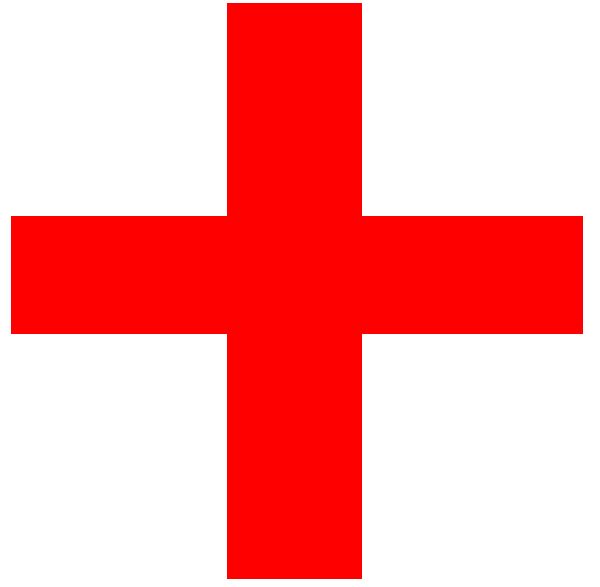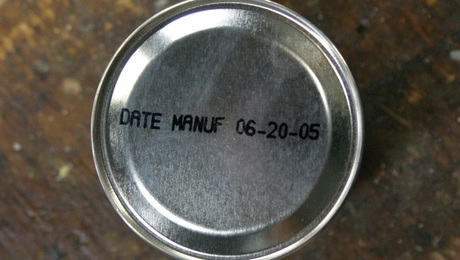
Visit Fine Woodworking's Guide to Safety for videos, articles, quizzes, and more.
Woodworking is inherently dangerous. To help you avoid learning safety lessons in the woodshop the hard way, the editors of Fine Woodworking have compiled a comprehensive Guide to Safety, which features articles, videos and quizzes that will arm you with the know-how to work safely in the workshop. We put this site together in honor of the second annual Woodworkers Safety Week, but it’s information that is pertinent every day of the year.
No matter what your skill level or how many years you’ve worked in a woodshop, these important safety reminders will help you prevent and respond to accidents in the woodshop.
|
DID YOU KNOW?
|
The blog: This ongoing forum features a collection of tool safety manuals and videos for the most common tools in most woodworking shops. Each tool safety manual includes a list of safety guidelines. If you feel like information is missing from these manuals, we encourage you to use the comment feature to add your own tips and cautionary advice. Browse the blog
The quiz: To help you test your safety skills, we created three quizzes to test your general shop safety, tablesaw safety, and planner and jointer safety. These quizzes are based on a safety test I used to administer when I was a woodshop technician at my college woodshop. Take the quiz
The videos: We’ve also compiled a collection of FineWoodworking.com’s best safety videos. These videos detail common safety procedures on woodshop tools and machinery, and help you understand how to buy and make use of common safety gear like eye protection and respirators. Watch the videos
The articles: Finally, as always you can browse the rich archive of safety articles from Fine Woodworking magazine for more in-depth information about techniques, tool use, and safe shop design. I recommend starting with Alan Marco’s article Woodworkers’ First Aid where you can download a two-page PDF that lists and illustrates all the items you should keep in your woodshop First Aid Kit. Browse all articles
As always we want to hear from you. We’ll be posting safety questions regularly in this blog and look forward to following the lively debates that follow. Until next time, be safe and think twice.






















Comments
Hi!
Did the "Safety-test" and was surprised when I lost a point to the question regarding "What to do when you get injured in the workshop"...OK..blood staines...what´s new...but when you are injured...SHOULD YOU EVER HAVE to think about staines??...NO...get your self together and fix yourself up...that number ONE...stained wood is on a place faaaaaar down on the list...
Thanks for the comment toolswede. I was trying to get some humor into the quiz. Perhaps it wasn't the right place for that. I agree, focus on your health, not your project...
I also did the "Safety-test". Question 2 is wrong. The first and only concern is "THE INJURY". You can always replace the wood. Ask any medical personal or first aider.
New to fine woodworking. So probably in the wrong thread?
Just watched the video of the shop made stop block in use.
Has this guy still got all his fingers?
Good job Matt. Having taught woodworking for 31 years, I find the humor good to have. To you others, pick up your purses and tissues.
Thanks for the encouragement to stay safe. Most of the questions were obvious and required only common sense. I guess most safety does as well, huh?
Took two of your tests. Don't think that you should encourage cutting boards with nails on a tablesaw "carefully". On the test where the guy with the unbuttoned cuff was making crosscuts on 1"x4" T&G, where was the blade guard? I know, I'm a 64 year old carpenter and I don't even know where the guards are for either of my saws but this guy was supposed to be a novice and none of the five mistakes that you pointed out were as serious the lack of a guard.
One of the consistently dangerous practices that I commonly observe both in commercial as well as hobby shops is the inappropriate use of power tools. I can't count the number of times I've seen workers cutting very small parts on table saws and miter saws and planing short and narrow boards on power jointers. In all these cases, the smallness of the stock forces you to bring your hands far too close to the cutters (almost no one bothers to rig holddowns in place of their hands)...which is doubly dangerous because these small parts can't be readily leveraged against the torque of the machines. It is 99% safer to cut small stock with hand tools--and in most cases with small components its more efficient to do so anyway. It seems we are far too indoctrinated to using machines to think clearly about the issue of appropriate usage.
Just took General Safety Test and why would someone worry about staining their project with blood? Immediate first aid would be my priority.
It is interesting to read and listen to all the claptrap from people about safety. It will never be taken seriously until we practice what we preach. Specifically I have in mind FW`s disclaimer in every issue about health and safety, while at the same time showing illustrations with people wearing rings, jewellery,loose clothing, long hair not properly tied up, among other things. The editor should institute a check list to be strictly adhered to without exception. My policy in the shop is :Follow the procedures to the letter or there`s the door. No exceptions. I`m liable for the compensation costs.
I think the Tablesaw Safety game should be published periodically, on the website and also in the magazine. It not only serves as a safety reminder to all woodshop veterans, but also teaches "newbies" the importance of using safety guards and avoiding all unsafe practices.
Perhaps the editors can author similar safety games for other frequently-used woodshop tools -- not only power tools, but hand tools as well.
I was a bit surprised in the table saw safety test about the advice that when one is finished working with the table saw, the blade should be lowered to 1/8 inch below the saw table surface. There is certainly no harm in doing this, but I will bet that it is virtually never done by either hobbyists or professional woodworkers. In the first place, if one uses a blade guard (as I do), what is gained by lowering the blade? And even if there is no blade guard in place, the danger of injury is rather low, I would say. Shoving your hand into a stopped blade might cause a cut, but such an incident would likely occur only because someone is using the table saw for something other than sawing, which shouldn't be done. Am I missing something?
Log in or create an account to post a comment.
Sign up Log in